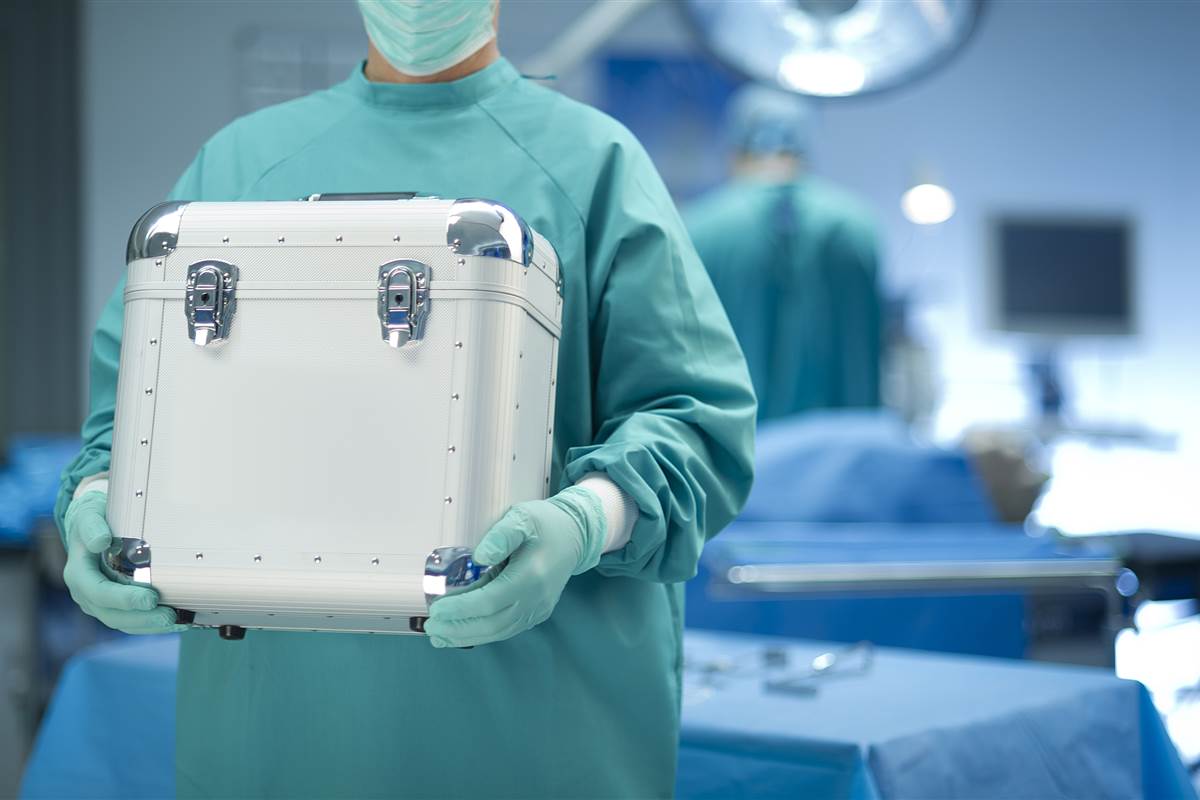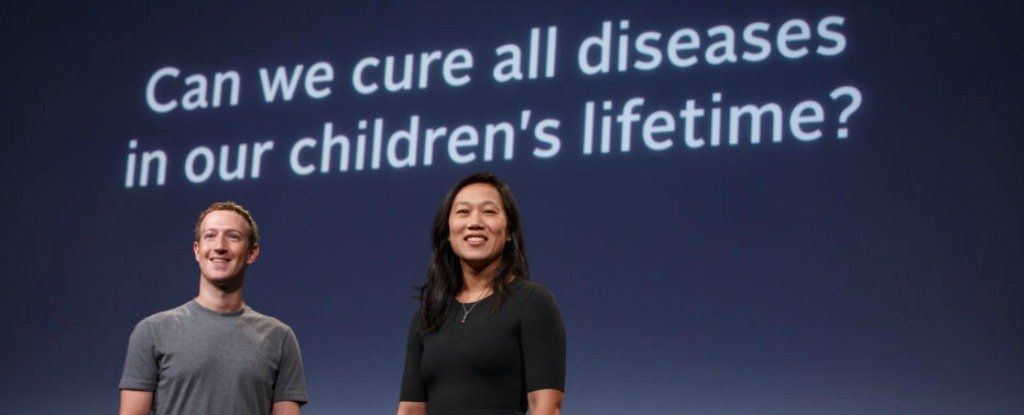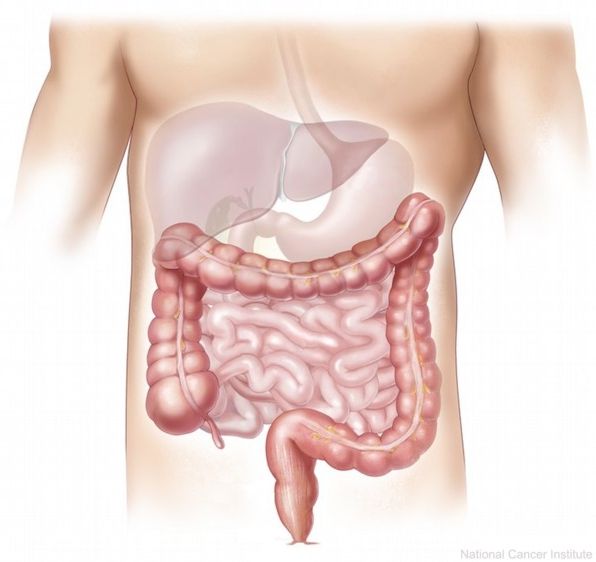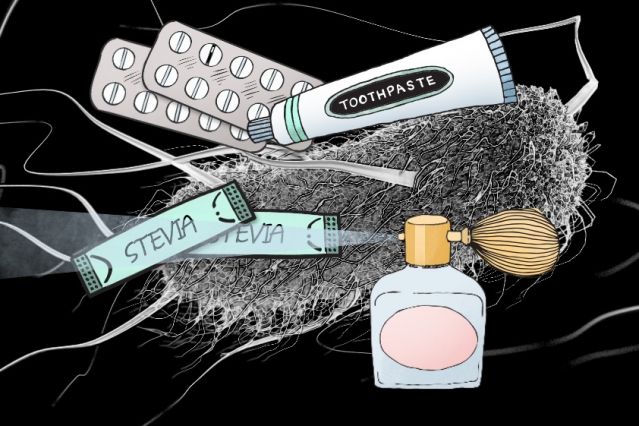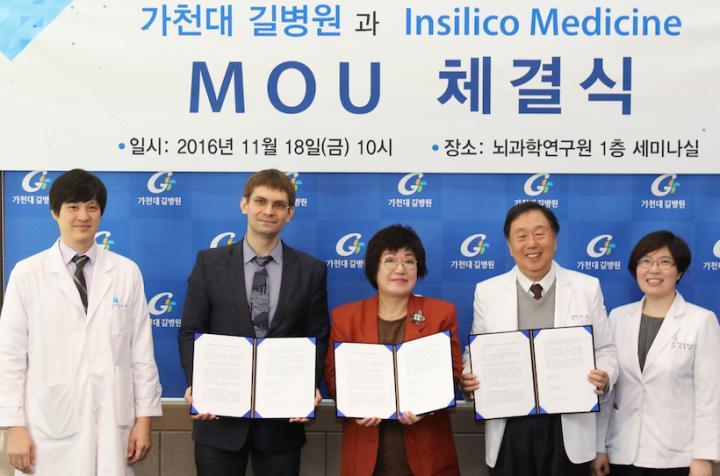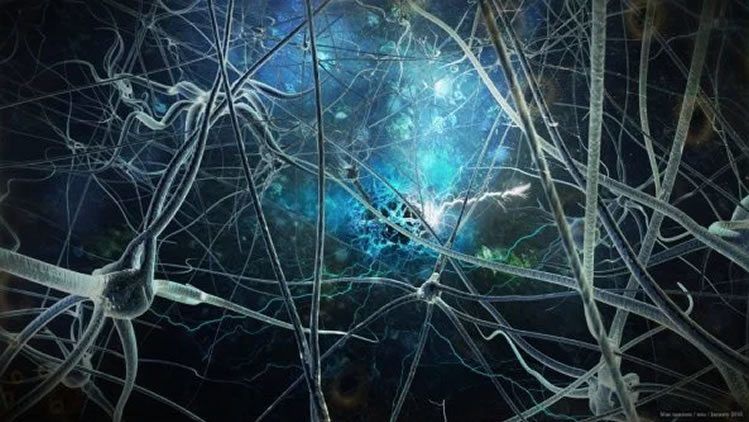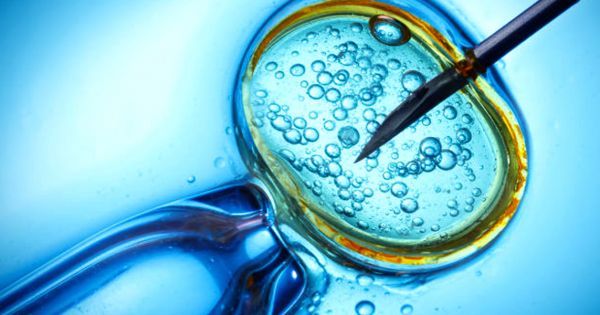It looks like Self Driving cars may create a US organ shortage that finally acts as the Kick in the Ass to force stem cell generated organs on to the market. Enough of the ‘in the future’ we might have these Nonsesne.
Science, however, can offer better a better solution.
The waiting lists for donor organs are long — 120,000 people on a given day — and ever increasing. With fewer donor organs to go around, researchers are working on other ways to get people the parts they need. With help from 3D printing and other bioengineering technologies, we will eventually be able to grow our own organs and stop relying on donors.
Related: How Technology is Tackling Joe Biden’s Cancer Moonshot
“It’s like a race in which there’s multiple different players, but no matter which one of them winds up winning, it’s good,” says Ali Khademhosseini, a bioengineer at Harvard Medical School.
